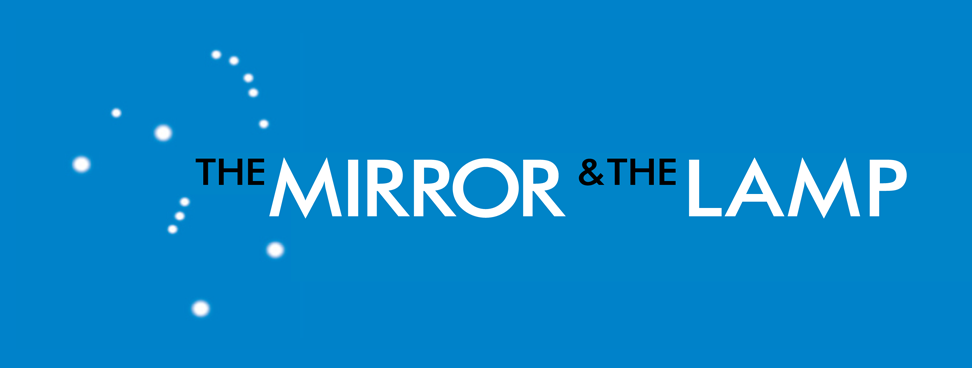Deleuze used the eternal return as a metaphor to talk about something that mattered more to him than getting Nietzsche right: the nature of identity. Deleuze’s real inspirations were Heraclitus and the Stoics. (But then, so were Nietzsche’s.)
In fragment 59, Heraclitus says that any object consists of an “opposing tension, like that of the bow and the lyre.” The string of a bow appears to be (and is) a stable and unified thing, but that is because it is being pulled in two opposite directions at once. The persistence of the bow over time depends on the persistence of this dynamic tension, not that of its constituent parts.
An object might also persist by changing its constituent parts. A river, for example, consists of flowing water. If you step into one, you’ll step into different water than you would have if you’d stepped in a moment earlier or later. Yet it would still be the same river, because a river is flowing water.
